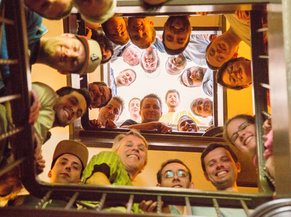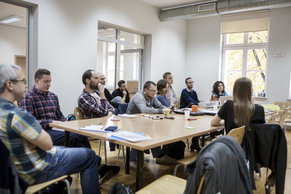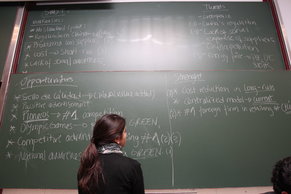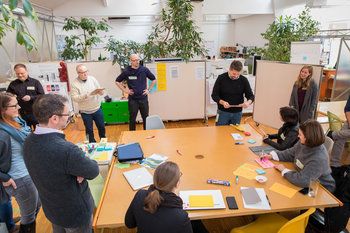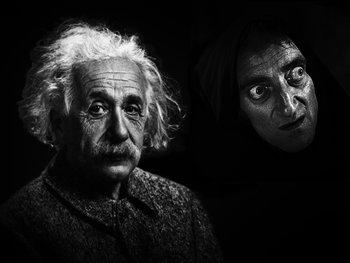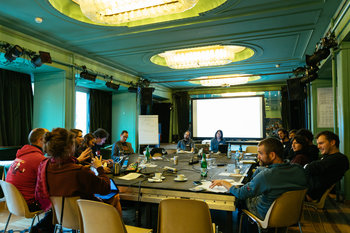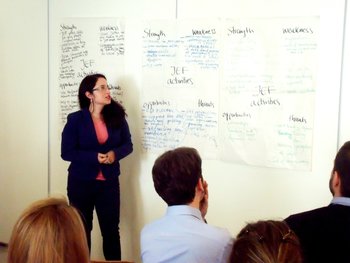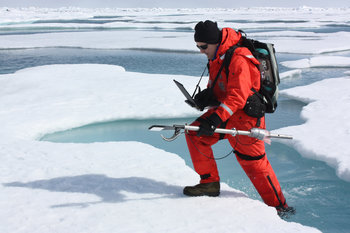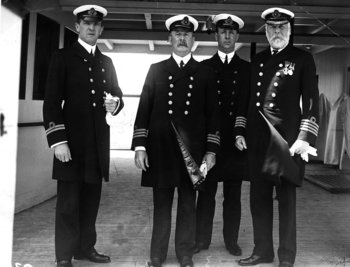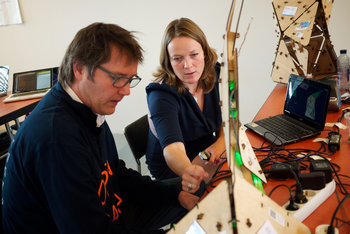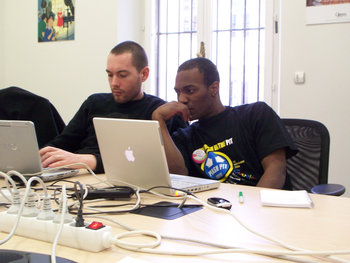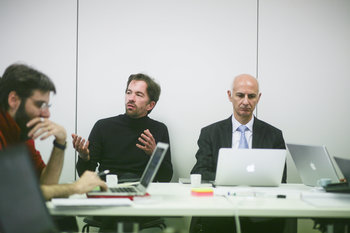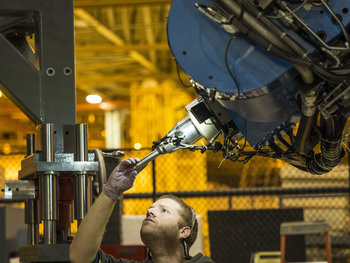Literature
Analysis of a work of fiction breaks the story into its component parts such as setting, character, plot, conflict, theme, literary devices, tone and style. It would be unusual to cover all of these things. As such, you might focus on areas where you believe the value or shortfalls of the work lie.In Hardboiled Wonderland and the End of the World, Murakami uses a futuristic plot and magical realism to depict the maze-like aspect of Tokyo. In his realist novel, Norwegian Wood, he continues to depict Tokyo as a maze, in which his characters experience “disorientation” and struggle to find the exit.
~ Takagi, Chiaki. "Third Space Wonderland and the End of the Modern: Representation of Tokyo in the Works of Murakami Haruki." Southeast Review of Asian Studies.
~ Takagi, Chiaki. "Third Space Wonderland and the End of the Modern: Representation of Tokyo in the Works of Murakami Haruki." Southeast Review of Asian Studies.
Science
Analysis of science may cover areas such as prior knowledge, hypothesis, method, experiment design, verifiability, controls, observations, statistical significance, implications and areas of further study.Psychology has recently been viewed as facing a replication crisis because efforts to replicate past study findings frequently do not show the same result. Often, the first study showed a statistically significant result but the replication does not. Questions then arise about whether the first study results were false positives, and whether the replication study correctly indicates that there is truly no effect after all.
~ Maxwell, S. E., Lau, M. Y., & Howard, G. S. (2015). Is psychology suffering from a replication crisis? What does “failure to replicate” really mean? American Psychologist, 70(6), 487–498.
Culture
Analysis of the norms, habits, symbols, routines, pastimes, art, entertainment, media, communication, language, cuisine, history, tradition and shared experiences of groups.Brought down to first principles, media mediate – between people, communities, organizations, institutions, and industries. In the classic model, a small number of media companies were homogenizing culture through their dominance over the means of production and distribution of media content. And individuals were defined through their roles as ‘consumers’ rather than being seen as producers of – or better yet, participants within – the surrounding culture.
~ Henry Jenkins and Mark Deuze. Convergence culture. 2008.
Society
Analysis of civilizations, nations, global institutions, politics and other social systems may break things down by looking at the details of laws, regulations, economics, bureaucratic structures, problem solving, decision making, rights and freedoms, communication, technology, environment and risk.Accelerating economic, technological, social, and environmental change challenge managers and policy makers to learn at increasing rates, while at the same time the complexity of the systems in which we live is growing. Many of the problems we now face arise as unanticipated side effects of our own past actions. All too often the policies we implement to solve important problems fail, make the problem worse, or create new problems.
~John Sterman, Business dynamics
History
Historical analysis may consider culture, language, social systems, power structures, events, personalities, economics, knowledge and values. An attempt is made to understand the historical context as opposed to making assumptions based on a modern viewpoint.Russia in 1854 faced the Western powers with an obsolete social organization and obsolete weapons. Society was still dominated by an inflexible caste system, and most of the peasants were serfs owned by the landed proprietors, the State or the Crown. Industry had languished since 1800.
~ Nove, Alec, and Alexander Nove. An economic history of the USSR. 1969.
Technology
Analysis of technology may consider architecture, design, algorithms, models, integration, platforms, systems, applications, data, information, knowledge, processes, controls, automation, user interfaces, human factors and culture.Given that the computer does not experience either fear or anger, its capacity to calculate effectively and ruthlessly is greatly enhanced. Unencumbered by emotion, the machine's computational power begins to look omniscient. However, this popular understanding of a fundamental hostility between affect and computation doesn't survive closer scrutiny.
~ Elizabeth Wilson, Affect and artificial intelligence. 2011.
Business
Business analysis is the practice of researching and developing knowledge in an organizational setting. This may look at things such as goals, strategy, plans, objectives, requirements, measurements, benchmarks, processes, policies, procedures, structures, organizational culture, controls, markets, regulations, competition and consumers.Workstation 24 has experienced a remarkably low uptime of 96% over the past three quarters. It is regarded as a bottleneck by operations managers who cite maximum processing time of 7.06 minutes per unit. This is the highest of all work stations on the production line with the next highest being 4.53 minutes. There is an opportunity to remove this bottleneck and improve reliability by upgrading workstation 24 or creating a parallel process with multiple workstations that handle this production step.
Analysis vs Summary
Analysis discovers meaning while a summary simply recounts facts. For example, a financial news report that states the facts of a company's quarterly earnings report is a summary. An analysis would look for meaning in these same numbers such as an indication that management is failing to achieve its stated strategy.| Overview: Analysis Writing | ||
Type | ||
Definition | A composition that forms an opinion or objective position by breaking a topic into its component parts. | |
Related Concepts | ||



